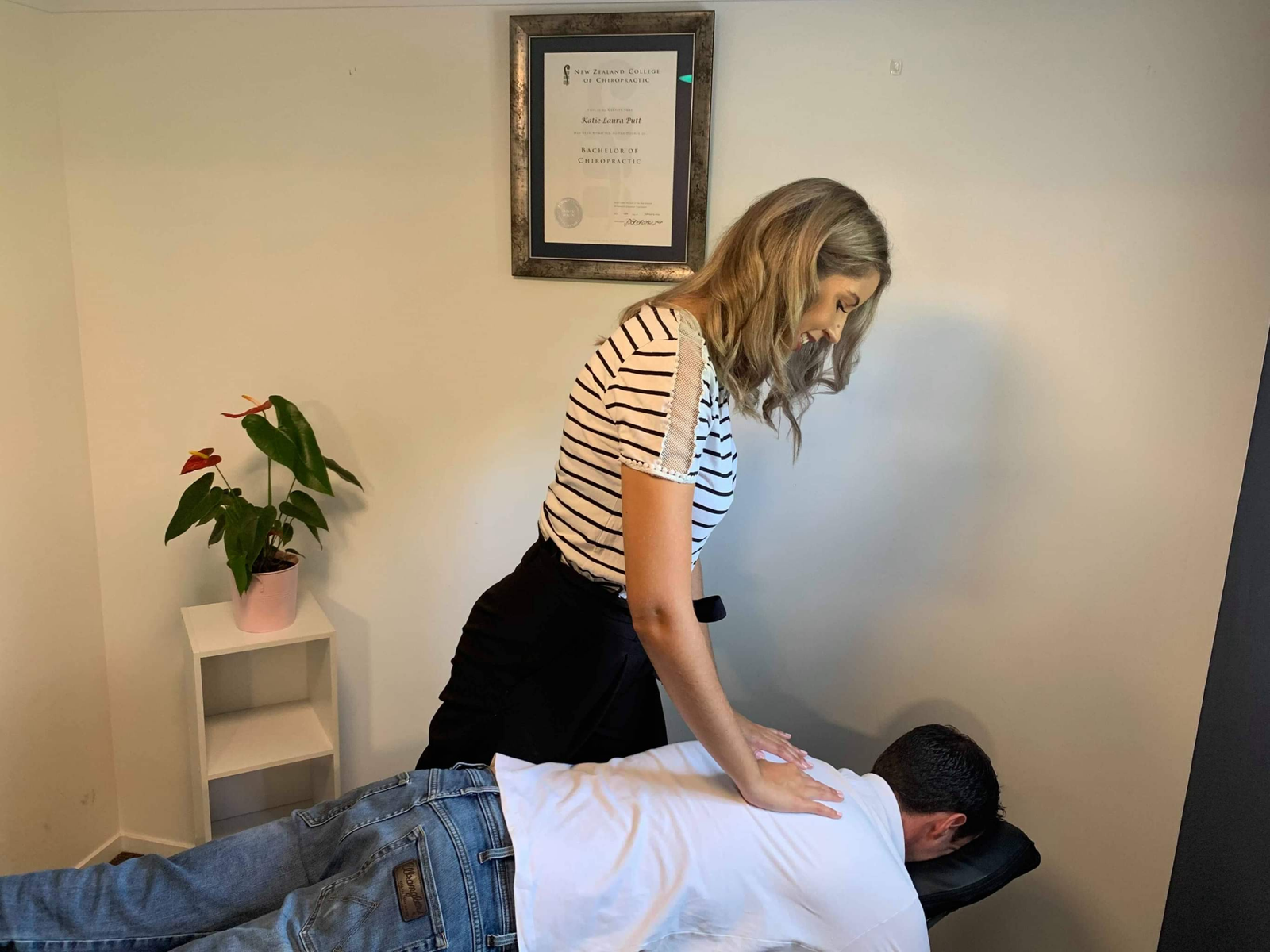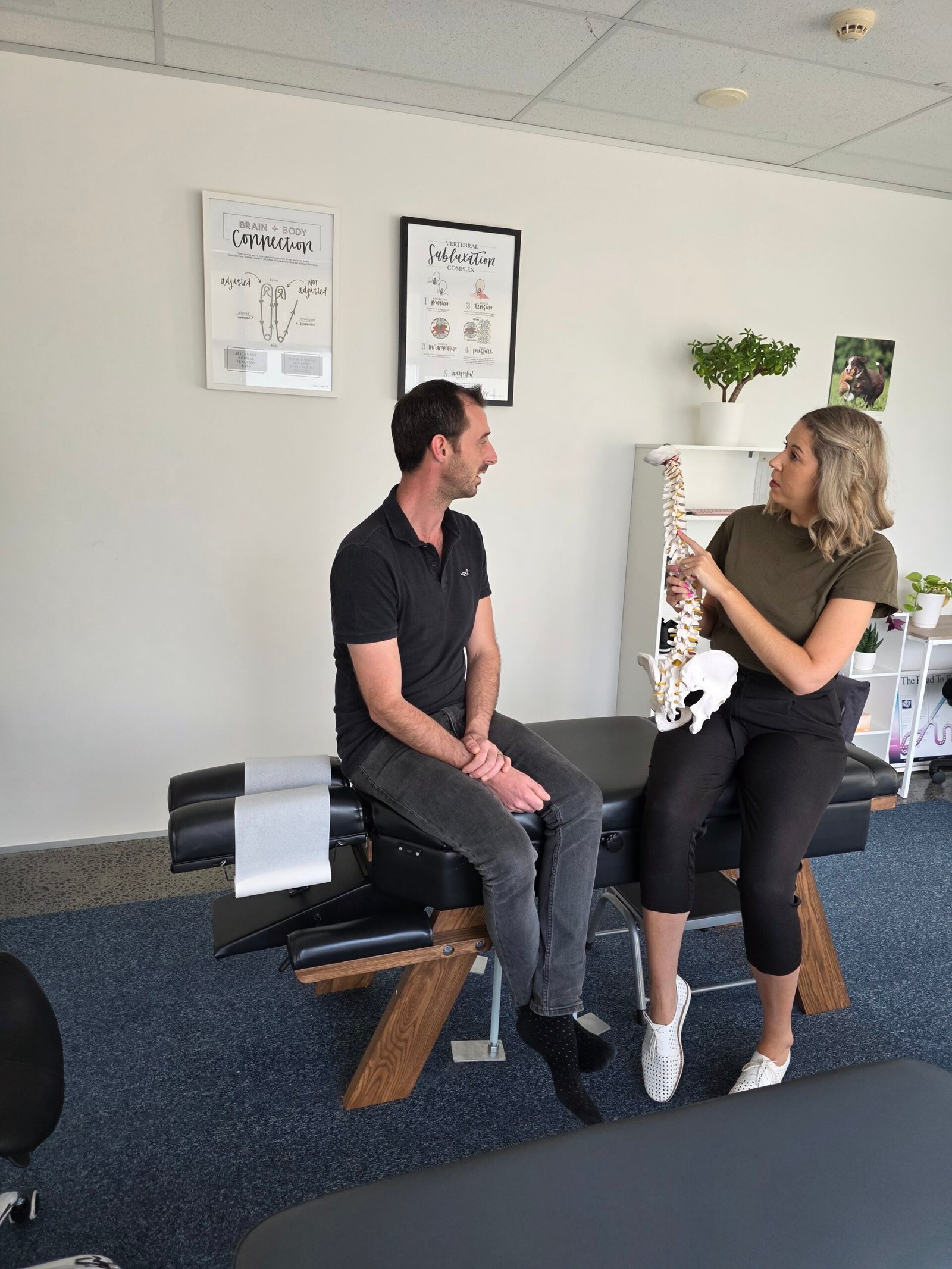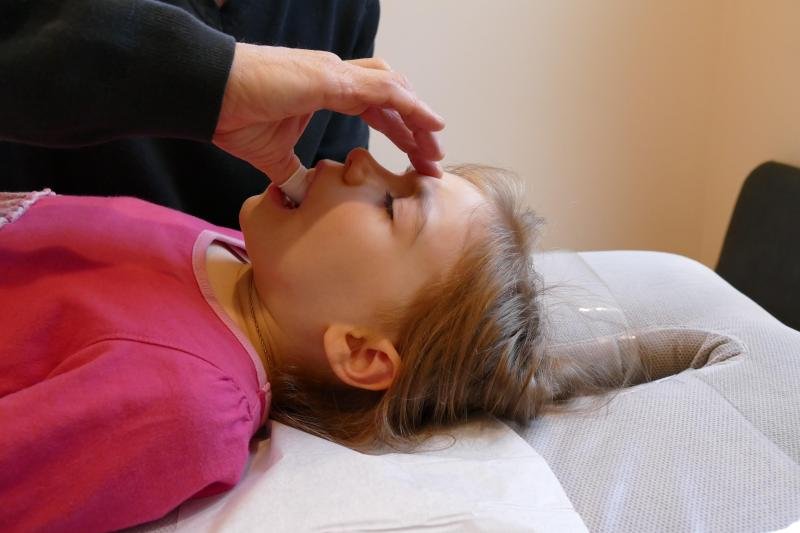Navigation
Contact us
- 278 Beach Road, Campbell’s Bay, North Shore
- 0204 017 2441
- katie@ignitechiropractic.co.nz

© Copyrights 2025 | All Rights Reserved By Ignite Chiropractic.
Website Designed & Developed By Web8.





